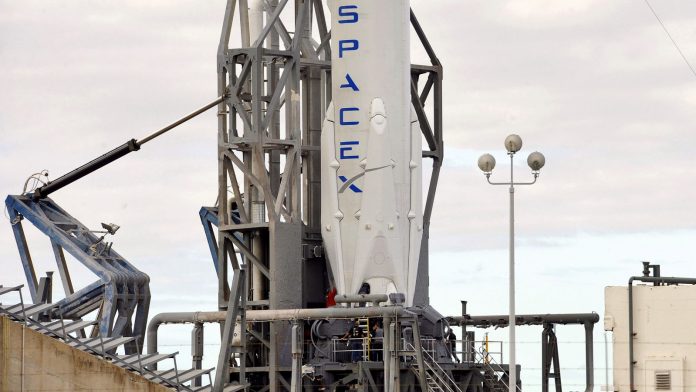
Today, NASA’s Aerospace Safety Advisory Panel (ASAP) warned about SpaceX’s special fueling procedures. Unlike other aerospace companies, SpaceX plans to fuel its Crew Dragon spacecraft while astronauts are already in place.
The ASAP already called into question SpaceX’s ways before the catastrophic explosion of the Falcon 9 orbital launch vehicle on September 1. The accident also destroyed a $200 million Israeli communications satellite.
Last Friday, SpaceX CEO Elon Musk said his company aims to return flight next month. Musk didn’t give any more details, though. It’s unclear which mission will launch next or from where.
The upcoming mission has two options: from a new launch pad at NASA’s Kennedy Space Center in Florida, or from SpaceX’s West Coast site at Vandenberg Air Force Base in California. Currently, SpaceX has planned 70 missions more, worth over $10 billion.

Why is SpaceX going against standard fueling procedures?
SpaceX rockets use a supercooled fuel that provides greater thrust but conversely requires faster fueling. Since launches need to happen within half an hour of the start of fueling, crews don’t have enough time to get into position before liftoff.
According to veteran industry officials from the United States and Europe, these fueling operations are unique. There isn’t another rocket that relies on fueling procedures with astronauts already inside the aircraft.
The panel’s letter says that SpaceX is violating booster safety criteria, which has been in place for more than 50 years both in the US and overseas.

Presided by former U.S. Air Force and astronaut Lt. Gen. Thomas Stafford, the panel isn’t sure about introducing SpaceX’s practice. Instead, they have urged NASA to consider adding extra technical safeguards.
The ASAP and industry officials fear that the Apollo 13 incident could happen again
Additionally, the Falcon 9 booster is the only rocket in decades to have helium bottles installed inside its liquid-oxygen tanks. The rupture of one of the helium containers led to the September 1 explosion.
Former senior NASA manager Joseph Cuzzupoli has expressed his concern as well. He worked on the agency’s Apollo 13 mission. Cuzzupoli said that placing wiring, sensors, and tubing inside a potentially explosive environment is like adding more fuel to the fire.

The Apollo 13 was the third manned mission in the American Apollo space program that intended to land on the Moon. It launched from the Kennedy Space Center on April 11, 1970. Two days later, an oxygen tank exploded, forcing the crew to abort their scheduled lunar landing.
An exposed wire inside the oxygen tank was the cause of the life-threatening fire on board the spacecraft. Despite the great hardship, the crew managed to return safely to Earth on April 17. In response to the incident, NASA changed designs to prevent a similar accident.
Source: Wall Street Journal











